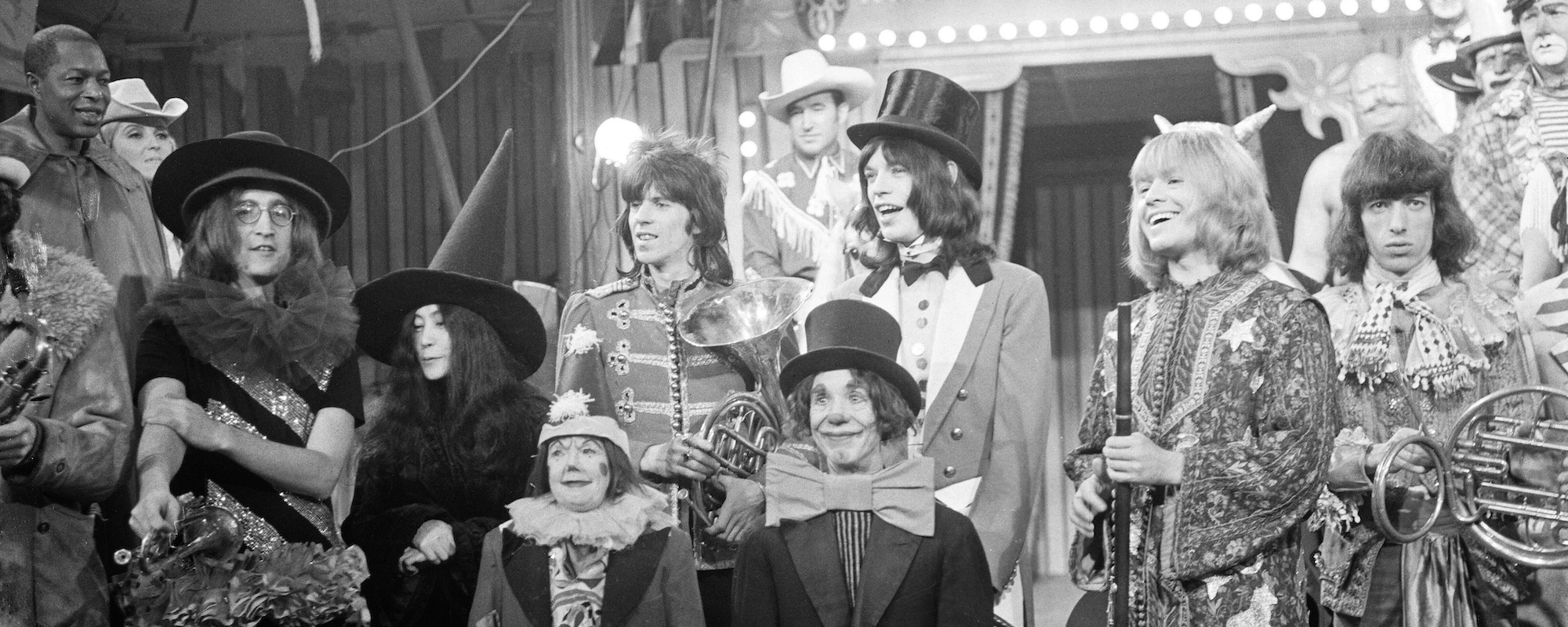The Who is known for giant guitars, big vocals, drum smashes, and even the occasional guitar demolition onstage. But beneath all of that pomp and circumstance are some terrific songs. Well-crafted offerings with melody, heart and spirit.
Videos by American Songwriter
One song, in particular, is the 1971 “Behind Blue Eyes,” which has become one of the band’s most recognizable, with Roger Daltrey’s serene voice cutting through the airwaves. But what is the backstory behind this eerie, explosive rock song? And what is it all about?
Spirituality
While the British-born band The Who, known for songs like “My Generation,” started in 1964, the group and its members went through various evolutions over the years. From pinball-themed concept albums to changes in spirituality.
To wit, the band’s co-founder and lead guitar player Pete Townshend was following the teachings and leadership of a spiritual leader from India, Meher Baba. It’s from his name, in part, that the song title “Baba O’Riley” comes. Part of Townshend’s practice was avoiding earthly temptation.
So, one night, when propositioned by a groupie, Townshend managed to avoid her siren song and instead went to his hotel room. It was there he wrote the phrase, “When my fist clenches, crack it open …” as part of a prayer. And the phrase that would later arrive in the lyrics for “Behind Blue Eyes.”
The Lifehouse Project
Originally, “Behind Blues Eyes,” which hit No. 34 on the Billboard Hot 100, was meant to be a part of Townshend’s Lifehouse project with The Who. But when that was dashed, Townshend acquiesced to the members and allowed the magnetic song to come out as part of The Who’s 1971 LP, Who’s Next. Townshend did revive his Lifehouse work around 2000.
The Concept
The song itself is written from the perspective of someone who is perceived to be the villain but who is actually not. The character’s name is Jumbo. Townshend discussed the track’s back story in the book, The Who by Numbers: The Story of the Who Through Their Music. “‘Behind Blue Eyes’ really is off the wall because that was a song sung by the villain of the piece [Jumbo], the fact that he felt in the original story that he was forced into a position of being a villain whereas he felt he was a good guy.”
To wit, Daltrey sings over plucked guitar,
No one knows what it’s like
To be the bad man
To be the sad man
Behind blue eyes
No one knows what it’s like
To be hated
To be fated
To telling only lies
But my dreams, they aren’t as empty
As my conscience seems to be
I have hours, only lonely
My love is vengeance that’s never free
The idea of a mournful, lamenting hero singing so beautifully as he wears the crown of thorns—chef’s kiss. And the song was later revived in the ’90s thanks to rap-rockers Limp Bizkit.
This piece has been edited to reflect that ‘Lifehouse’ was not originally a Pete Townshend solo album.
Photo by RB/Redferns













Leave a Reply
Only members can comment. Become a member. Already a member? Log in.